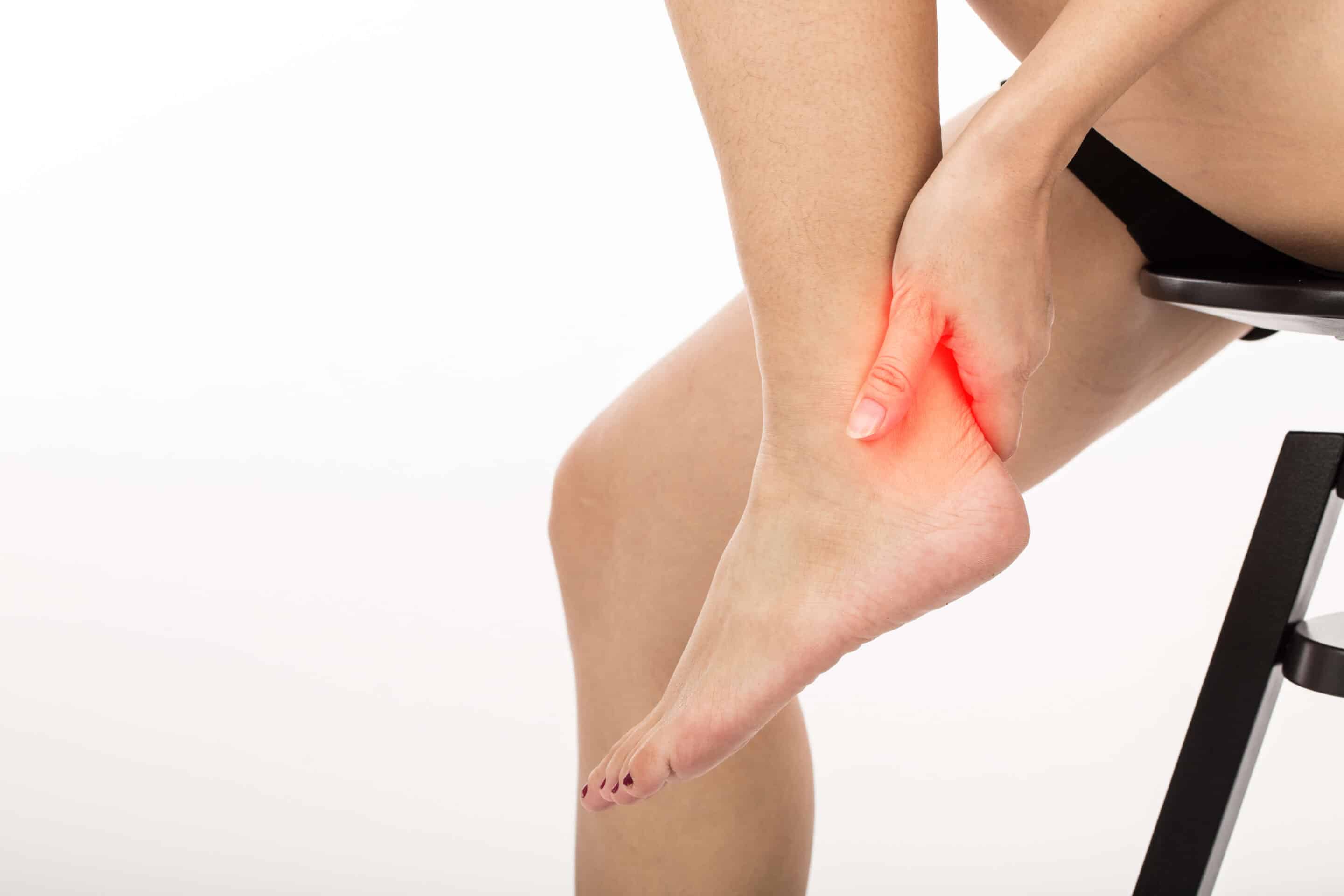Could Achilles Tendinitis Be Causing My Heel Pain?
If you’re struggling with heel pain that just won’t go away, Achilles tendinitis could be the culprit. The Achilles tendon links the calf muscles to the heel bone and plays a vital role in essential movements such as walking, running, and jumping. When it becomes inflamed due to overuse or injury, it can cause persistent discomfort and even sideline your daily activities.
Early diagnosis and treatment are essential to prevent the condition from worsening or leading to more serious injuries, like tendon rupture. In this guide, we’ll walk you through the signs of Achilles tendinitis, what causes it, the symptoms to watch for, treatment options, and when to seek expert help.
Do You Have Achilles Tendinitis? Here’s How to Tell
Recognizing the early signs of Achilles tendinitis can make a huge difference in your recovery. One of the first symptoms you might notice is stiffness or aching in your heel, especially when you get out of bed in the morning. As you go about your day, the discomfort may ease, only to flare up again after physical activity.
If you’ve recently increased your exercise intensity — like adding more miles to your runs or pushing yourself harder in the gym — and you’re feeling more heel pain than usual, your Achilles tendon could be under stress. Wearing worn-out or unsupportive shoes can further strain the tendon, making it more vulnerable to injury.
Tenderness, swelling along the back of your heel, and pain when wearing shoes are also classic signs. Paying attention to these symptoms early can help you take action before the problem escalates.

Understanding Achilles Tendinitis
Achilles tendinitis is a condition where the Achilles tendon becomes inflamed due to overuse. Repetitive stress from intense physical activity, sudden bursts of movement, or poor training habits can lead to microtears and inflammation within the tendon.
Many people who develop Achilles tendinitis are “weekend warriors” — individuals who are less active during the workweek but engage in high-impact activities on the weekend. This sudden strain on an under-conditioned tendon increases the risk of injury. Without proper care, Achilles tendinitis can weaken the tendon and increase the risk of a partial or full tear, which often requires surgical repair.
Common Symptoms to Watch For
The symptoms of Achilles tendinitis usually develop gradually. You might start with a mild ache just above your heel after physical activity, but over time, the pain can become more pronounced, especially with continued exertion.
Morning stiffness and discomfort are hallmark signs. After a night of rest, the tendon tightens, making those first steps of the day particularly painful. Severe pain a day or two after a strenuous workout, thickening of the tendon, and visible swelling around the heel are other symptoms that often accompany this condition. Some individuals even develop bone spurs along the heel, which can worsen discomfort when wearing shoes.
In more serious cases, you might hear or feel a sudden “pop” in the back of your heel, indicating a possible tendon rupture — a medical emergency that requires immediate attention.
Risk Factors for Achilles Tendinitis
While Achilles tendinitis can happen to anyone, certain factors can increase your risk. Age plays a role, as tendons lose flexibility with age, older adults are more susceptible. Studies show that men are more likely than women to develop Achilles tendinitis.
Underlying medical conditions, such as high blood pressure or psoriasis, can also contribute to tendon problems. Additionally, some antibiotics, particularly fluoroquinolones, have been linked to an increased risk of tendon injuries.
Exercise habits matter, too. Training on uneven surfaces, ramping up your workouts too quickly, or wearing improperly fitted or worn-out shoes can all place extra strain on the Achilles tendon, raising your chances of developing tendinitis.
How Achilles Tendinitis Is Treated
The good news? When diagnosed early, Achilles tendinitis typically responds well to conservative treatments.
Rest and modifying your activities are essential first steps. Reducing or avoiding high-impact exercises gives the tendon time to heal. Physical therapy can also be extremely effective. Targeted stretching and strengthening exercises, guided by a professional, help improve flexibility and rebuild tendon strength.
Pain management with over-the-counter anti-inflammatory medications may ease symptoms, while custom orthotics can provide better arch support and cushioning to relieve stress on the tendon.
In cases where conservative treatments aren’t enough, surgery may be necessary to repair the damaged tendon. However, with early intervention, most people can avoid surgical procedures and make a full recovery.
When to See Our Podiatrist
If your heel pain doesn’t improve after a few days of rest and self-care or worsens with activity, it’s time to see Dr. Haddad. Ongoing discomfort, swelling, and instability are signs that you need a professional evaluation. Early treatment can prevent further damage and get you back to your active lifestyle faster.
If you experience sudden, sharp pain in the back of your leg or hear a popping sound followed by difficulty walking, seek immediate medical attention — you may have a ruptured Achilles tendon.
Expert Care for Achilles Tendinitis at Richardson Podiatry Center
At Richardson Podiatry Center, we understand how frustrating and painful Achilles tendinitis can be. Our experienced team is here to diagnose your condition accurately and provide personalized treatment to help you recover quickly and safely.
Don’t let heel pain disrupt your life any longer. Contact Richardson Podiatry Center today to schedule your consultation. Call us at (972) 690-5374 or fill out our online contact form to get started on the path to relief!
